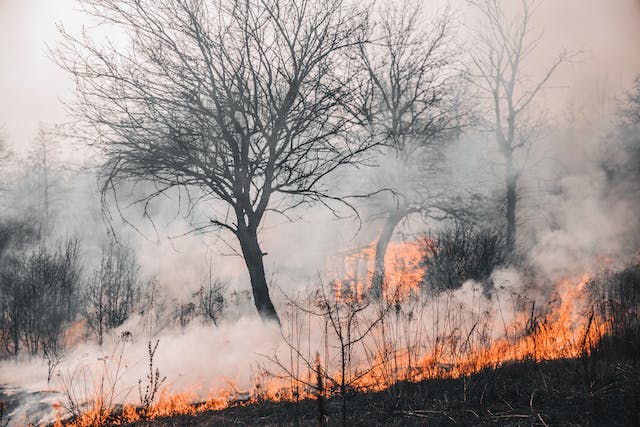Depending on where you live, Australian bushfire season happens at different times of the year. Because of this, having your bushfire survival plan in place throughout the year is a wise choice. For people with disability (PWD) who live with limited mobility, planning is a natural step for most situations and in the case of an emergency it’s every bit as, if not more, important.
In this article, Blue Badge Insurance shares the steps to take for your bushfire survival plan. We cover basic plan modes, what to pack in your bushfire survival kit, important contacts and definitions, and more.
In this article
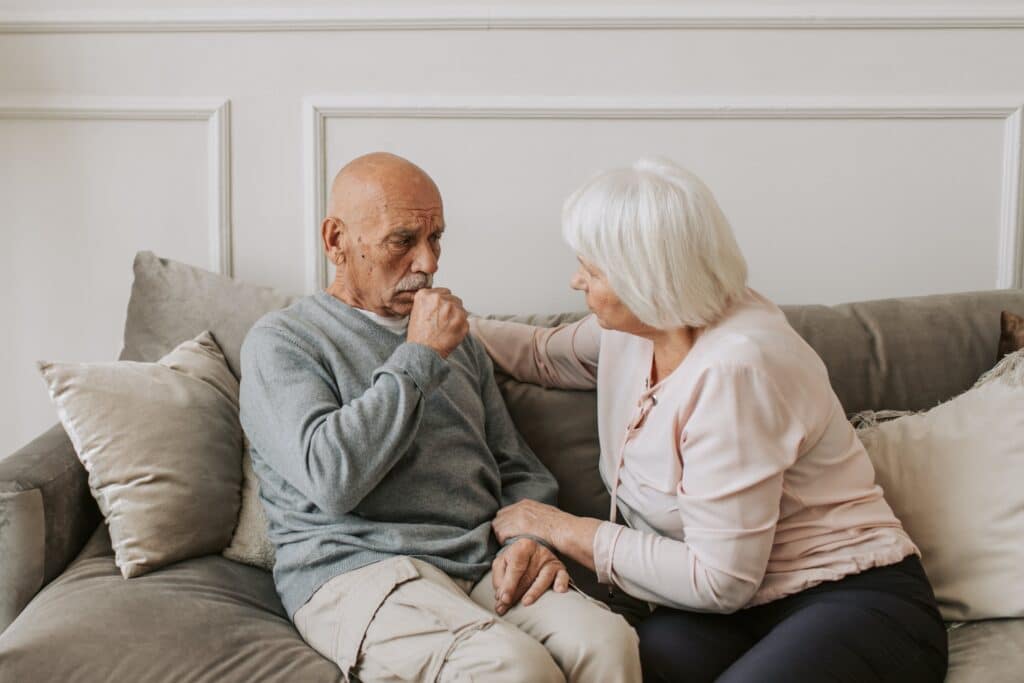
Do I need an Australian bushfire season survival plan?
Different states and territories are exposed to weather extremities at different times of the year. For example, Australian bushfire season strikes northern Australia in the winter while southern Australia (east and west) is most vulnerable during summer.
Here’s further guidance on whether you need your own plan:
- High risk areas
Although rural areas are more at risk, it’s worth making a bushfire survival plan if you live anywhere near open vegetation. During the drier months, open grasslands, forests and bushes can become brittle and flammable.
- Mobility equipment batteries
Did you know the lithium-ion battery batteries for powered wheelchairs and mobility scooters can be a fire hazard? Always try to charge them on a hard non-flammable surface away from your living area.
- Travel
Prepare your Australian bushfire survival plan according to where you’re based. If you’re driving in bushfires season for an accessible holiday, for example, tailor your plan for where you’ll be driving and staying.
If you have a plan already prepared and your family or household members know the steps to take it can reduce the risks and help everyone act calmly and swiftly.
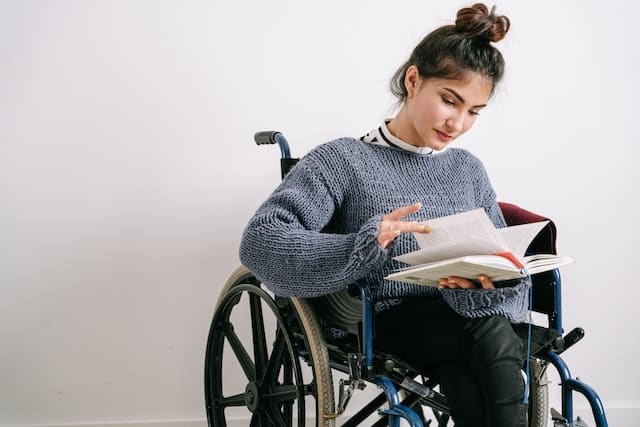
Creating my Australian bushfire season survival plan
Start by planning together with your household members. For PWD, this means potentially including in the planning phase someone who provides you with support for your limited mobility.
You’ll need to talk about and decide on several things like whether you’ll stay or leave during a fire alert. You can use the My Bushfire Plan app to plot out and save your plan.
Here’s more on those decisions you’ll need to make:
Evacuation
If a fire starts in your area, will you leave for somewhere safer? (This is considered the safest option.) If so, will you leave early and how early? (Leaving as early as possible is a good idea, especially for anyone with limited mobility.) Will you leave as soon as the fire starts, or only if the warnings reach a certain level or the fire reaches a certain area? (What risks are you willing to take and why?)
For anyone living with limited mobility, there will be added considerations. Your essential mobility equipment, adaptive clothing and medication all need to be taken into account, for example. More on this later.
Outside understanding what you need in your bushfire survival kit, below is a list of questions to ask and answer for your evacuation bushfire survival plan. You’ll likely have others to add:
- At what point will you leave?
- When?
- Where will you go?
- How will you get there? (also have a backup route for road closures)
- Who is your contact? (let someone know you’re leaving and let them know when you arrive safely)
Another important part of your plan is having a plan B in case any part of plan A can’t happen. For instance, your wheelchair accessible vehicle won’t start, or you can’t reach your planned place of safety. It’s important to have a backup plan that includes a nearby place of safety to shelter.
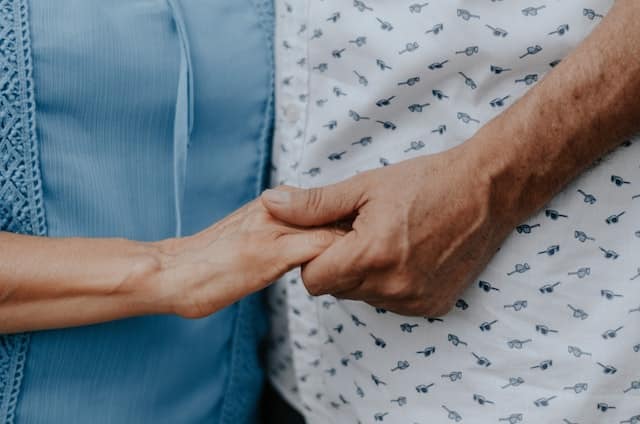
Staying
During Australian bushfire season not everyone chooses to evacuate their homes when a fire starts. There may be risks to PWD that could be escalated by this choice, so think on it wisely if you plan to stay. Consider that fires, even when not life threatening, can still make your living environment hot, smoky and unhealthy.
Fires can be unpredictable, changing direction and travelling fast. Unless you’re well prepared and your home is well protected, leaving during a fire is the safest choice.
If you decide you’re staying up to a certain point, make sure you have the following items ready at home – and easily accessible! – as part of your bushfire survival plan:
- Hosepipes that reach all sides of your house
- Access to at least 20,000 litres of water
- Diesel or petrol powered water pump (you’ll need to keep these energy sources in a safe place that’s easy to get to)
- Ladders
- Mops
- Buckets (preferably metal rather than plastic)
- Shovels
- Rakes (made of metal, not plastic)
- Eye goggles for protecting your eyes
- Face masks (during a fire, you’ll need to moisten these)
- Cotton clothing (loose fitting tops and denims or pants to cover all limbs)
- Gloves (not plastic, ideally leather)
- Hardy leather shoes
- Wide brim hat
Read this list of actions to take if you’re staying. It includes what to do before, during and after a fire for inside and outside of the house.
Importantly – if you do decide to stay, is there anyone who can help with all the actions you need to take to keep you and your home safe?
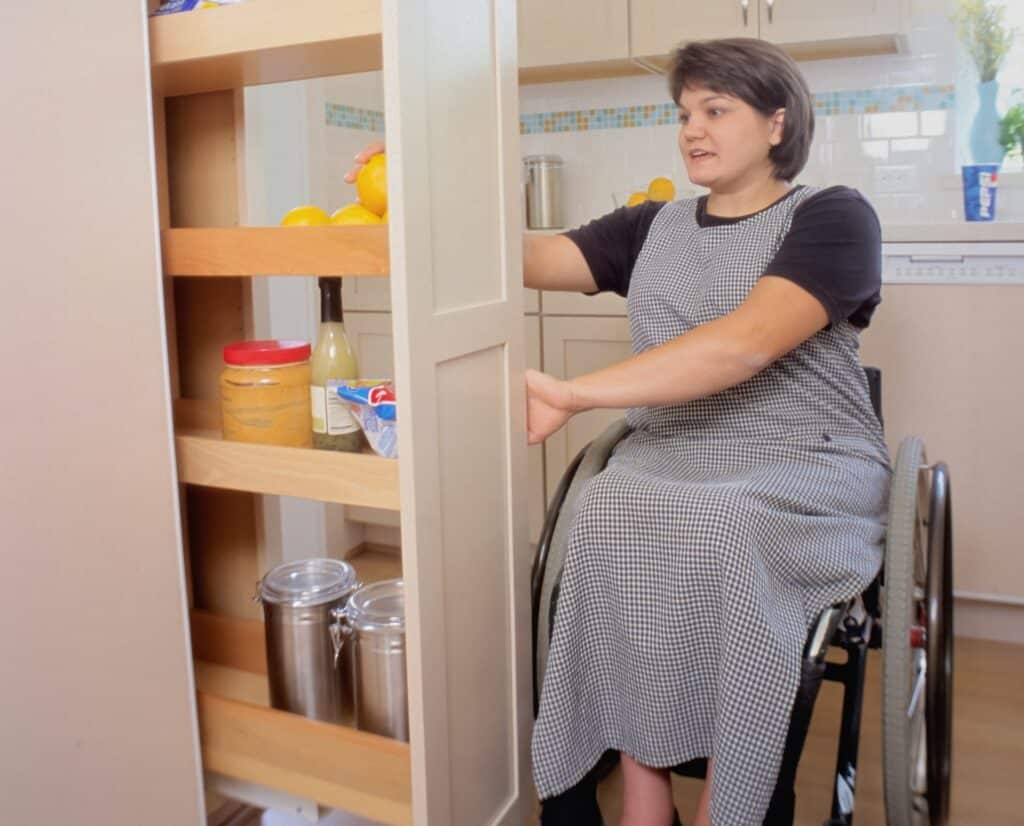
Australian bushfire season survival kit for PWD
Keep a basic Australian bushfire season survival kit ready to take with if you suddenly need to leave home. Most items are basic essentials and some will only be able to be packed when you’re leaving. But where possible, have most things packed in advance.
Here’s a list of items you should have in your evacuation kit for PWD:
- Mobility assistance equipment and aids for daily living (and any spare batteries or important accessories)
- Toiletries (soap, toothbrushes)
- Medication (e.g. if you have diabetes or autonomic dysreflexia, be sure to take medication along in your kit)
- Prescription documents
- Records of insurance and other legal documents (or customer number/login details if they’re online)
- Identifications documents, e.g. passport
- Waterproof torch and spare batteries (waterproof)
- First aid kit
- Candles and matches
- Wool blankets
- Phone and charger (ideally a powerbank too)
- Battery powered radio
- Clothes
- Water (lots of it)
- Food (easy-open cans will do you well)
- Any valuable items that can be carried
Have a list of items like your wallet, keys (car and house) written down to remind you of things you need to take at the last minute that can’t be packed beforehand. If you have an Assistance Dog, for example, you’ll want to bring their leash and jacket along.
If you have limited mobility and use a wheelchair or walker, it’s a good idea to have as many of these essentials packed in advance as possible during Australian bushfire season.
You might even want to store your bushfire survival kit with a spare set of clothing and other bushfire survival plan items in the same place you store mobility equipment items so they’re already altogether.
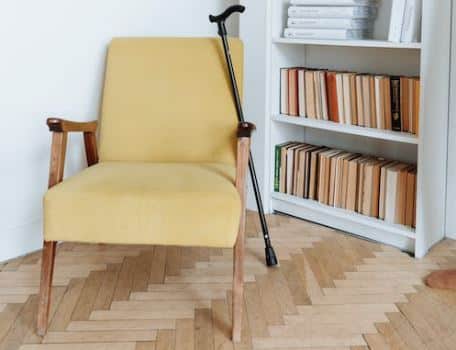
Is there an app for where fires are?
There are several apps that can help you track the location and movement of fires. Choose and download the app that covers where you live or places you’re visiting, so you can receive timeous alerts. Here are some popular ones:
Using an app to help you avoid Australian bushfire season dangers is simply another way technology makes our lives more accessible. Speaking of which, read about smartphone accessible features you should try out.
Fire emergency contact number. In the case of any emergency, be it fire or otherwise, you can always dial 000 (triple zero) to reach fire, police or ambulance services.
Do you know your bushfire alert levels?
Now for a quick look at the three Australian bushfire season alert levels. When a fire starts with no immediate danger, the first alert level is to “follow advice”. If the threat increases and conditions change, it then becomes a “watch and act” situation, requiring you to take action to protect yourself and your family.
The highest level is an “Emergency Warning”, indicating the most severe bushfire alert. Stay vigilant and respond accordingly to these levels of alerts. Watch this video to better understand the fire alerts:
Insurance for your mobility equipment
If you have limited mobility and use a wheelchair or mobility scooter to get around, these assets are invaluable to your independence. The same goes for your wheelchair accessible vehicle or modified car.
Thankfully, you can insure these precious items so if they’re accidentally damaged or get stolen your insurance helps cover the cost to replace or repair them. This saves you from financial worries and means you don’t have to wait longer than necessary to have your essential items up and running once more.
Find out about getting up to 25% off disability car insurance (for a non-modified car you’re a driver or passenger of if you have a disability parking permit). Get the same potential discount off car insurance for wheelchair accessible vehicles and disability converted cars with Blue Badge Insurance too.
Also have a look at our wheelchair insurance and mobility scooter insurance plans. Simply click below to get a quote for any of these plans.


